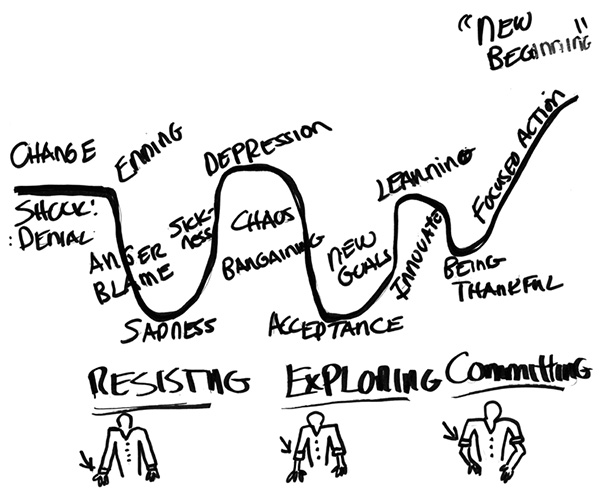Secret Service Father’s Day
My father’s name was Odus Tate and he was in the Secret Service. He was a practical man. He loved his God, his family, and his carpenter work. At his funeral, my sister read this first poem, his favorite. My son, Brad, wrote the other poem as a tribute to his grandfather’s life and work. Together they pretty much summarize who he was. After you read them, if you’d like to learn or about my father’s Secret Service work, you can listen to my special Father’s Day podcast at HERE .
I’d Rather See A Sermon
I’d rather see a sermon
than hear one any day;
I’d rather one should walk with me
than merely tell the way.
The eye’s a better pupil
and more willing than the ear,
Fine counsel is confusing,
but example’s always clear;
And the best of all preachers
are the men who live their creeds,
For to see good put in action
is what everybody needs.
I soon can learn to do it
if you’ll let me see it done;
I can watch your hands in action,
but your tongue too fast may run.
And the lecture you deliver
may be very wise and true,
But I’d rather get my lessons
by observing what you do;
For I might misunderstand you
and the high advice you give,
But there’s no misunderstanding
how you act and how you live.
Edgar A. Guest



 Your organization may have not officially restructured or furloughed any employees, but the way people work is restructured forever. Every manager I talk with is consumed with the safety and mechanics of moving people back into their next routine, and rightly so. People are trying to find a new rhythm while the ground is shifting under their feet. They feel their stress level going up and most don’t know how to deal with it.
Your organization may have not officially restructured or furloughed any employees, but the way people work is restructured forever. Every manager I talk with is consumed with the safety and mechanics of moving people back into their next routine, and rightly so. People are trying to find a new rhythm while the ground is shifting under their feet. They feel their stress level going up and most don’t know how to deal with it.

